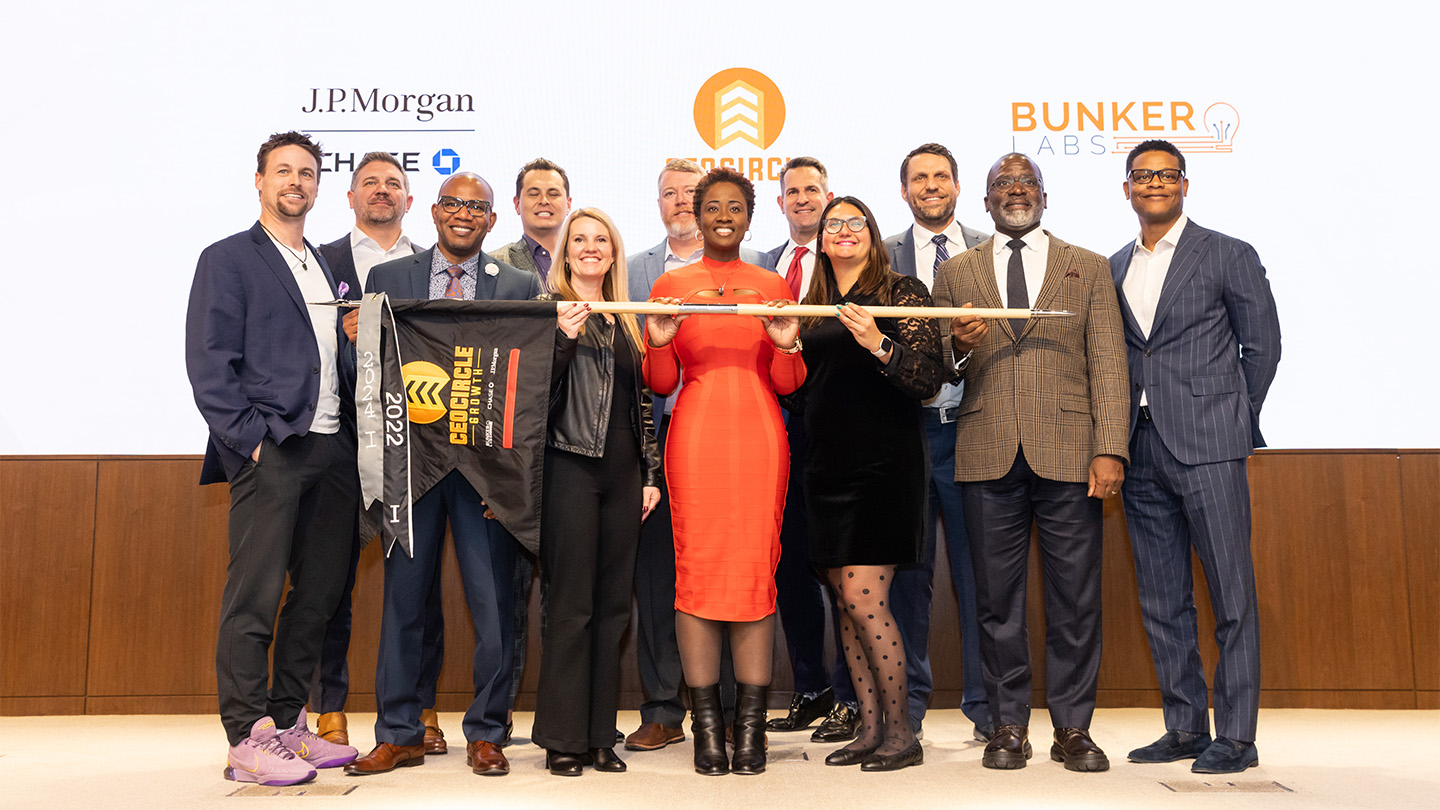
In today’s fast-paced financial landscape, one thing is clear: Customer expectations are at an all-time high. J.P. Morgan Innovation Economy Relationship Executive Tiphaine Bergault, who stands at the crossroads of fintech and traditional banking, understands this shift better than anyone. Her role supporting the Innovation Economy in Europe gives her unique insight into how rising customer experience standards are driving the need for banks and fintechs to collaborate rather than compete.
A changing industry, born from crisis
I began my career in debt capital markets covering financial institutions in London, right in the middle of the global financial crisis. That period was transformative for the banking industry. Increased scrutiny on capital allocation and compliance reshaped how banks operated, but more importantly, it set the stage for a broader shift toward efficiency and a deeper focus on customer and client service.
Just as the industry was adapting to these changes, another wave of transformation began a few years later with the rise of fintech players, especially in the B2C space, which will forever change consumer expectations. Having spent time working with traditional financial institutions, I was excited to see these new players bringing fresh ideas and modern customer journeys to the table. They were helping set a new benchmark for faster, more efficient service, ultimately pushing the industry forward.
The new north star: seamless customer experience
This evolution is often misunderstood, especially when it comes to the relationship between fintech and banks. While at times the relationship is portrayed as an adversarial one, fintechs and banks share the same fundamental goal: serving clients better and more efficiently.
Fintechs push the innovation agenda forward. Companies now expect intuitive interfaces, fast payments, and 24/7 accessibility, and banks have naturally and intentionally adapted by developing new technology and sometimes integrating fintech-like innovations to remain competitive.
But this isn't a one-sided dynamic—fintechs still need banks, especially when navigating regulations. For example, licensed companies have a regulatory requirement to safeguard clients’ money, and a common way to do this is to open a segregated account with a bank. Foreign exchange management is also a common theme where fintechs look to improve their offering by partnering with banks. This collaboration ultimately benefits both parties.
In this partnership, banks retain a clear competitive advantage in three key areas:
- Data: The more data you have, the better you can understand your customers, analyze risk, and develop better products.
- Regulations: Banks have been navigating complex regulations for decades, giving them a deep understanding of compliance.
- Cash: Banks often have the financial resources to invest in innovation at a scale beyond what most fintechs can do on their own.
To become a bank or partner with one?
There’s a famous article from A16Z states that every company will become a fintech. Financial services can be a very attractive source of revenue.
Covering both fintech and marketplaces, I've seen a growing trend where these platforms rethinking their approach to payments. Some are seeking their own licenses to fully internalize the customer journey, while others are working with partners to enhance the customer user experience through efforts like multiple checkout options, payment methods, Buy Now, Pay Later (BNPL) and consumer loans—all while managing regulation.
There are recent examples of fintechs who have successfully built their in-house entity with the goal of owning the client experience and turn what was a cost into potential additional revenue. In these instances, fintechs can use the clients’ deposited money and earn interest—and they can build products and features that their previous providers couldn’t offer.
However, there’s a tradeoff here between autonomy and responsibility. Any company that chooses to get licensed will of course need to manage regulatory risk and compliance. Whereas if you partner with a bank, you can outsource many of the KYC, onboarding, and compliance steps, which can sometimes be the best path forward.
Building an in-house fintech is not for everyone though. It’s important to evaluate cost, complexity and core competencies as you determine a path forward:
- Costs: These include license fees, staff, training, and associated governance.
- Complexity: Companies will need new systems, reporting, and controls to keep in line with regulatory requirements.
- Core competencies: The two Cs above then draw resources away from the core business and day to day.
Three innovation trends improving customer experience
As technology and regulations continue to evolve, the lines between fintech and banks will continue to blur. I’m closely watching how a couple of key trends will play a role in enhancing customer experience:
Artificial intelligence taking over
It’s almost impossible not to talk about AI. AI is changing the way the ecosystem interacts and works, and the impact is already being seen. It’s such a big opportunity for the whole financial ecosystem to become more efficient and offer better services more quickly.
All the companies I interact with are working on use cases for AI, either to create efficiencies, or to enhance their customer journey and create a smoother onboarding. Once again, some companies decide to build their own model and others may make acquisition or partner to integrate an already existing solution.
The increased use of AI, however, usually comes with a stronger focus on cybersecurity needs, which many companies are prioritizing.
New payment regulations and PSD3
As everyone races to provide a seamless experience, Payment Service Directive (PSD3) will be a game-changer for payment service providers (PSPs). In the past, PSPs lacked the access banks had, but the new regulations will level the playing field.
This will open up opportunities for marketplaces and merchants to enhance acceptance rates and offer more diverse payment methods, including "pay now or later" options. The interaction between these marketplaces and the fintechs providing these options is transforming the B2B lending space, with products like reverse factoring and B2B Buy Now, Pay Later (BNPL) schemes taking off.
Tightening around BNPL services
BNPL has been a significant tool for e-commerce marketplaces, but it has also sparked concerns over predatory lending among consumers. While it provides easier access to financing, banks are stepping in to limit the risks.
For example, in the U.S., some large financial services players are now preventing consumers to use credit cards to pay down their BNPL installments. The concern around this is that consumers may start using debt to cover other debt, which can potentially spiral out of control.
Collaboration drives better outcomes
The financial landscape is changing rapidly, but one thing remains constant: Both fintechs and banks are essential to driving innovation and improving the customer experience. By combining fintech agility with the resources and stability of banks, we’re creating a more customer-centric future for financial services.
About the expert
Tiphaine Bergault is a Relationship Executive on J.P. Morgan’s Innovation Economy team. Prior to this role, she spent nearly 12 years with a major bank's financial institutions group and as an analyst in debt capital markets. Tiphaine is passionate about bridging the gap between fintech and traditional banking, as well as advocating for increased female education and autonomy in finance.
Originally published by Defacto on October 29, 2024.






